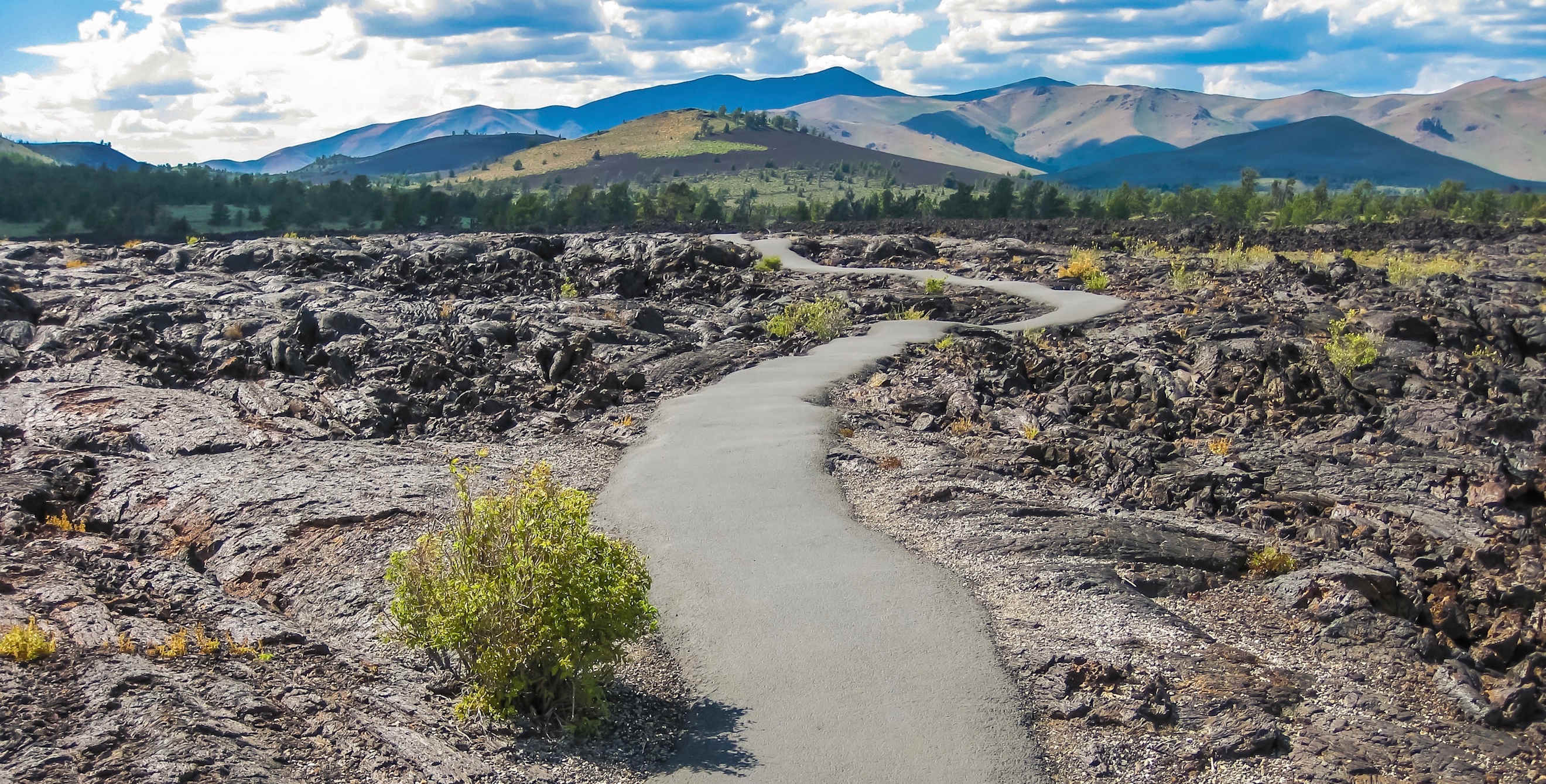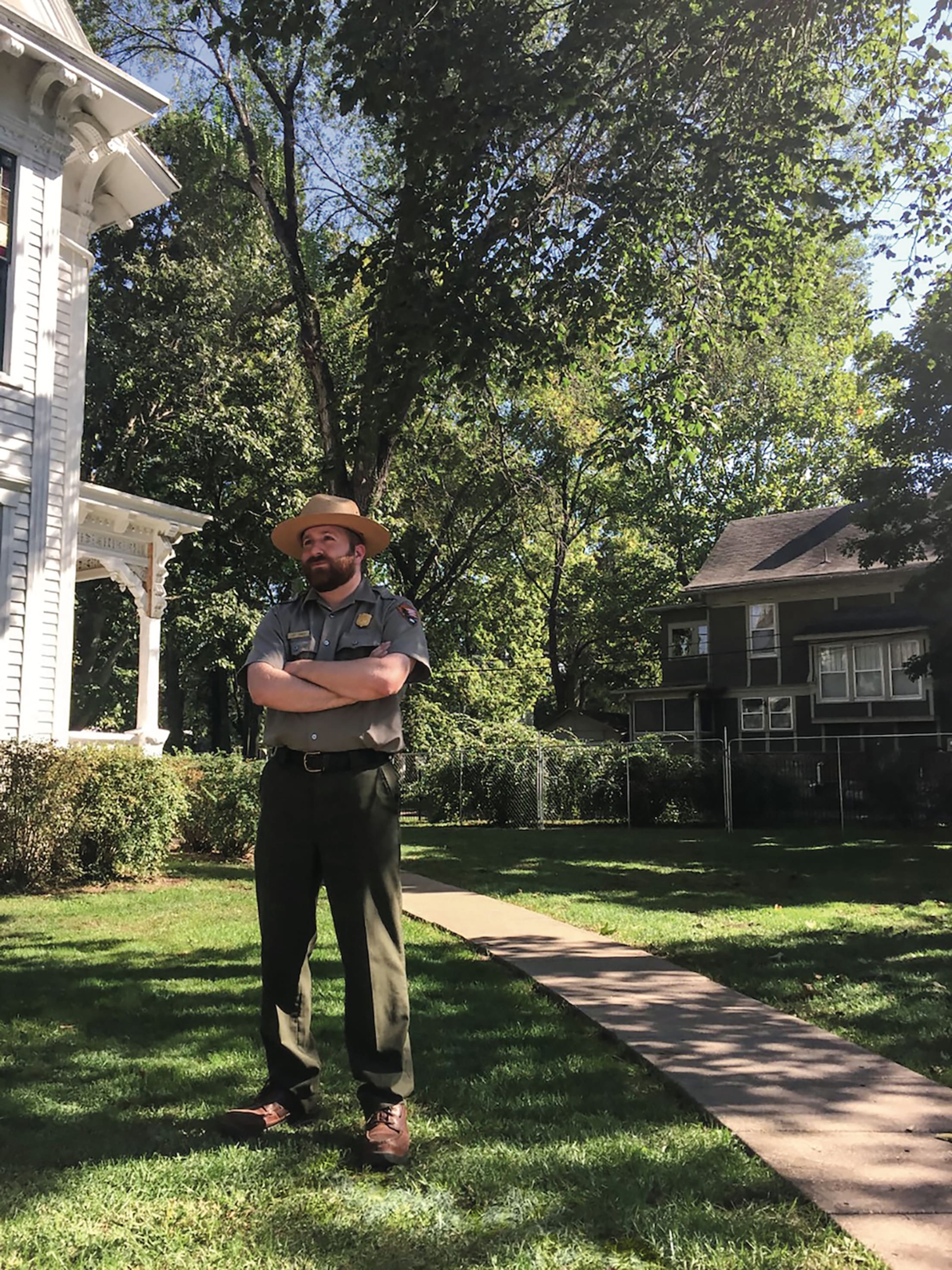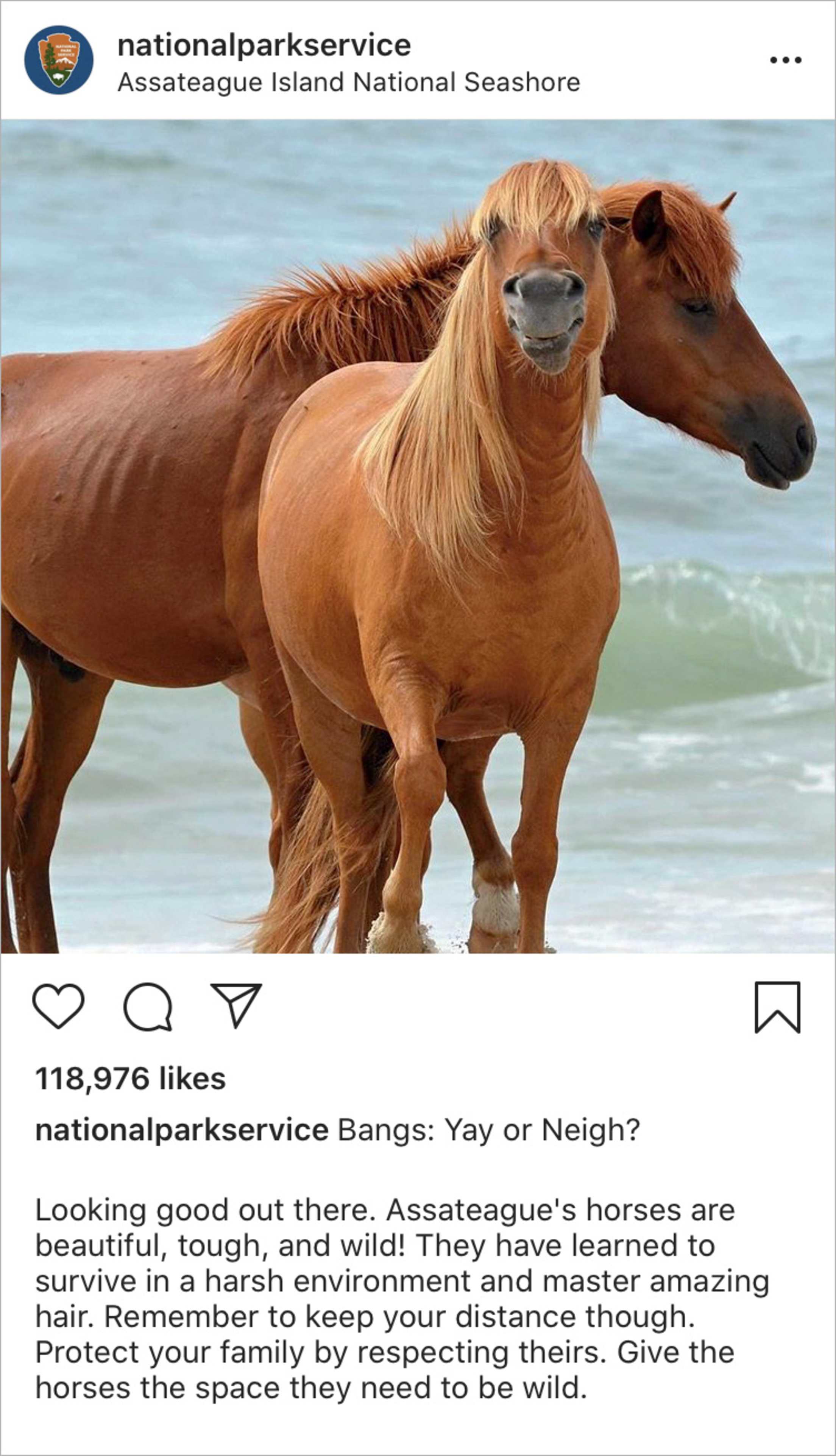
National Park Service's Social Media Pro Keeps Us Smiling
The NPS ranger keeps us virtually connected to the West’s most beautiful places.

Matthew Turner is the quick-witted, 37-year-old ranger behind the National Park Service’s official social media presence. He began his career at Fort Pulaski National Monument in Georgia, working the park entrance station before moving into guided tours and living history demonstrations. He joined the Office of Communications at the Washington, D.C., headquarters in 2018 to manage the NPS accounts on Instagram, Facebook, and Twitter, which collectively boast nearly 5 million followers. Turner’s posts are often hilarious and timely—such as showing a skunk “practicing social distancing before it was cool.”
Q. What's your favorite NPS Instagram post?
A. The horse with great hair [below, from Apr. 2020] at Assateague Island National Seashore in Maryland was fun. I also enjoyed putting together a safety post over the holidays that dealt with taking safe selfies and watching wildlife. [In the Dec. 2019 post, gingerbread bison topple a gingerbread man with a camera.] Lots of cookies, maybe a pan or two, were harmed in the making of the post. But—the things you do for social media, right?
Q. In February, you offered to match anyone's personality to a park if they provided their favorite animal, hiking level, and a personality trait selection. How did you pull this off?
A. We're always looking for ways to engage followers. This was an idea to get people thinking about parks, and maybe introduce them to a new park or two. I tried hard to respond to as many comments as possible. The comments numbered over 7,000, so I probably missed a few. I apologize to everyone who is still waiting for their park match! There did seem to be quite a few "neurotic marmots" and "ambitious moose" out there. Watch out the next time you're in Yellowstone or Grand Teton.

Q. How do you balance humor and more serious messaging—especially when we were dealing with a global pandemic?
A. Of all our accounts, Instagram tends to be the most lighthearted. But across the platforms, it's about holding that fine line of government agency pushing out important messages and educating people as we welcome them. The humor is often used to draw people in. But beyond the funny, there is usually a safety message, a deeper dive into park resources or policy, or a fun fact.
Q. When you're posting, how aware are you of the parks' opportunity to lift people's spirits and offer a visual escape?
A. Sometimes just posting an image of a beautiful mountain vista or a short clip of a waterfall can bring a moment of escape or serenity. By sharing on social media, we're part of a community of park supporters. We share trip ideas, exchange favorite memories, and connect over funny park experiences. Our accounts are meant to be a place where everyone can come together and share their love of parks and take a virtual trip all over the country.
Q. Do you have a favorite park in the West?
A. Grand Canyon gets a lot of the glory, but I've also enjoyed exploring Arizona's other parks [and monuments], like Saguaro, Tonto, and Tuzigoot. Also, Idaho's Craters of the Moon offers a unique and unexpected landscape to explore.

Q. What are your favorite bits of park trivia?
A. There are some big parks out West! Alaska's Wrangell–St. Elias National Park and Preserve is the largest national park in the country. Covering 13.2 million acres, it's bigger than Vermont and New Hampshire combined. At 3.4 million acres, California's Death Valley National Park is the largest park in the lower 48. It's also the hottest, driest, and lowest place in the United States—so bring water!
Q. What happened in the parks while humans were mostly away?
A. Nature carries on as it always has. Some parks, like Yosemite, have shared videos showing the ongoing transition from winter into spring with wildlife going about their business, exploring once-busy park roads. On a related note: Wildlife petting incidents are way down.